1. Current status of Vietnam's medicinal resources
According to the Ministry of Health , our country currently has more than 5,000 species of plants with medicinal uses, many of which are endemic and have high economic and pharmaceutical value. This resource not only plays an important role in the development of Medicine and Pharmacy but also serves as the foundation for the formation of a domestic pharmaceutical industry, contributing to reducing dependence on imports.
Furthermore, Vietnam has diverse natural conditions, stretching from the high mountains of the Northwest to the Central Coast and the Central Highlands, creating a rich variety of medicinal herbs. Many regions have become "medicinal herb capitals", such as Lao Cai, Quang Nam (now Da Nang), Kon Tum (now Quang Ngai) or Bac Giang (now Bac Ninh).
However, the uncontrolled exploitation of natural medicinal herbs has put many rare species such as Ngoc Linh ginseng, wild Panax pseudoginseng, purple Morinda officinalis, etc. at risk of extinction. Some medicinal herb growing areas are spontaneous, lack cultivation planning, and do not meet GACP-WHO standards, leading to uneven quality of medicinal herbs, even causing the risk of gene source depletion and ecological imbalance.
Faced with these challenges, the State has issued many new policies aiming at the goal of developing the sustainable pharmaceutical industry, linking nature conservation with green economic development.

Vietnam has rich natural medicinal resources but they have not been exploited systematically.
2. Policy and strategy for developing new medicinal materials
To overcome the above limitations, the current State decisions mark an important turning point in the planning of policies for medicinal plant development in Vietnam.
- Decision 1165/QD-TTg of the Prime Minister approved the National Strategy for the Development of the Vietnamese Pharmaceutical Industry to 2030, with a vision to 2045, emphasizing the goal of "developing a modern pharmaceutical industry, in which medicinal herbs and traditional medicines are an important pillar", and at the same time "building 08 areas for sustainable exploitation of natural medicinal herbs and 02-05 areas for large-scale medicinal herb cultivation and production. Restoring, importing, transplanting, and developing 10-15 species of medicinal plants imported in large quantities" thereby preserving biodiversity.
- Decision 388/QD-BYT of the Ministry of Health clearly states the targets by 2030, developing medicinal plant growing areas meeting GACP-WHO standards in at least 30 provinces, prioritizing the development of key medicinal plants including Ngoc Linh ginseng, turmeric, ginseng, Gynostemma pentaphyllum, Polygonum multiflorum, enhancing the application of biotechnology and building a national medicinal plant gene bank.
In addition to national strategies and plans for medicinal plant development, many localities across the country have also proactively issued specific policies to preserve genetic resources, expand growing areas and develop medicinal plant processing industries.
- Resolution 38/2019/NQ-HDND of Lai Chau province approved the Project on developing medicinal plants for the period 2020 - 2025, with a vision to 2030. The province's policy emphasizes supporting people to grow indigenous medicinal plants such as Angelica sinensis, Panax notoginseng, Polygonum multiflorum, and developing medicinal plant growing cooperatives in the highlands. The goal is to both conserve biological resources and increase income for ethnic minorities through the model of "medicinal plants associated with livelihoods".
- Decision 1093/QD-UBND (2021) approves the Project on Development of Medicinal Herbs in Lao Cai province for the period 2021-2025, with a vision to 2030. The project focuses on building specialized cultivation areas that meet GACP-WHO standards for key species such as artichoke, angelica, panax notoginseng and purple cardamom, while promoting the conservation of indigenous medicinal herb genetic resources and developing the brand "Lao Cai Medicinal Herbs".
- Decision 871/QD-UBND (2022) of Kon Tum province approved the Project on investment, development and processing of medicinal herbs in Kon Tum province until 2025, with a vision to 2030. The objective of the project is to develop concentrated medicinal herb growing areas, preserve precious species such as Ngoc Linh ginseng, Polyscias fruticosa and Schisandra chinensis, and at the same time attract businesses to invest in deep processing. This project is considered the foundation for forming a closed value chain of "planting - processing - consumption", contributing to making Kon Tum a key medicinal herb center of the Central Highlands region.
- Resolution 09/2022/NQ-HDND of Quang Nam province , regulating the support mechanism for the conservation, cultivation and processing of Ngoc Linh ginseng - a medicinal plant endemic to Vietnam. By 2024, Resolution 40-NQ/TU (2024) of the Quang Nam Provincial Party Committee continues to set the goal of building this locality into a "national medicinal plant center" by 2035. These are important pilot models that can be replicated in other regions.
3. Sustainable development and exploitation solutions
To achieve the goal of sustainable development, it is necessary to synchronously implement the following groups of solutions:
3.1 Completing mechanisms, policies and technical standards: Documents such as Decision 1165/QD-TTg and 388/QD-BYT need to be specified with clear implementation instructions at the local level. At the same time, it is necessary to build "national standards for sustainable medicinal herb growing areas", ensuring traceability, quality control and compliance with environmental protection principles.
3.2 Preservation and development of medicinal plant genetic resources: The Ministry of Health is promoting the establishment of a national medicinal plant gene bank , connecting with conservation centers in Lao Cai, Quang Nam and the Central Highlands (according to Decision 388/QD-BYT, 2024). Conservation does not stop at storing seeds but needs to be linked to people's livelihoods through the model of growing indigenous medicinal plants.

Seed storage is a measure to preserve and develop medicinal plant genetic resources.
3.3 Application of science and technology in production and processing: It is necessary to apply biotechnology in breeding, tissue culture, and production of high-value natural active ingredients. At the same time, develop a deep processing value chain, create pharmaceutical products, functional foods, and cosmetics from medicinal herbs, to increase added value.
3.4 Regional linkage and local economic development: Forming specialized medicinal herb growing areas in the Northern mountainous region, Central Highlands and Central Central region, combined with the "planting under forest canopy" model. This method helps to both protect forests and create stable livelihoods for ethnic minorities. This model has been proven effective through support programs for Ngoc Linh ginseng development in Quang Nam.
- Medicinal resources are extremely valuable biological assets of Vietnam. Sustainable exploitation not only contributes to the protection of biodiversity but also opens up opportunities for green economic development, enhancing the position of Vietnamese medicinal materials in the international market.
- The new policies demonstrate the Government's strong determination to shift from "natural exploitation" to "planned and technological development".
- To implement effectively, it is necessary to continue to improve financial mechanisms, encourage businesses to invest, strengthen control of the imported medicinal herb market and replicate the medicinal herb growing model associated with conservation.
- At the same time, building a closed value chain from planting - processing - distribution - export will be the key to help Vietnam be proactive, sustainable and increase the value of the medicinal herbs industry in the coming period.
Source: https://suckhoedoisong.vn/4-nhom-giai-phap-then-chot-thuc-day-khai-thac-ben-vung-tai-nguyen-duoc-lieu-tai-viet-nam-169251104101837509.htm



![[Photo] Closing of the 14th Conference of the 13th Party Central Committee](https://vphoto.vietnam.vn/thumb/1200x675/vietnam/resource/IMAGE/2025/11/06/1762404919012_a1-bnd-5975-5183-jpg.webp)

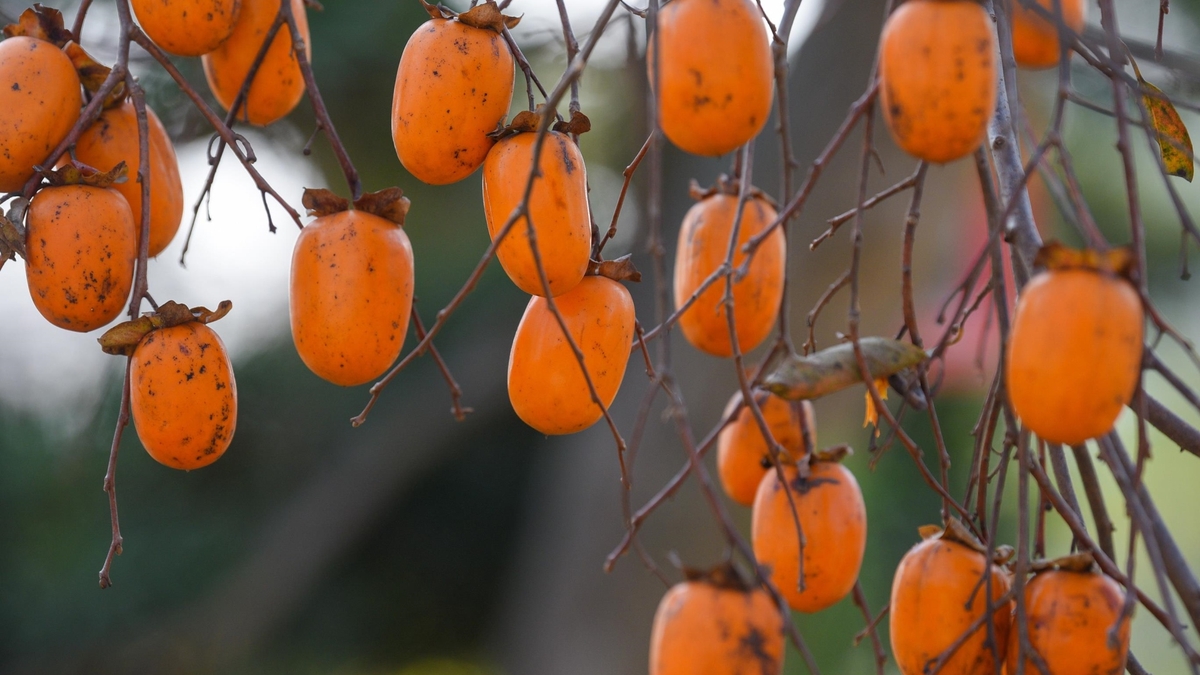









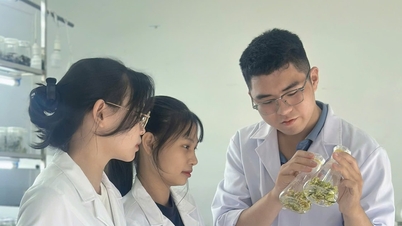







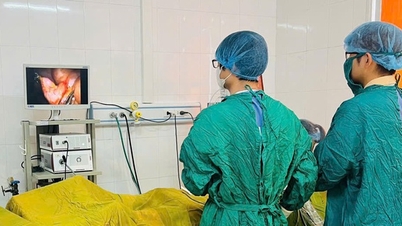




























































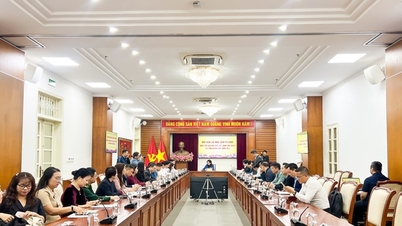







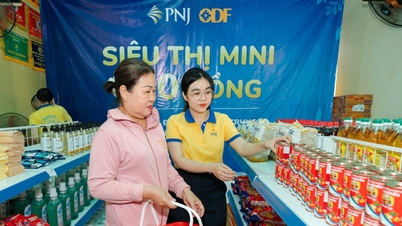
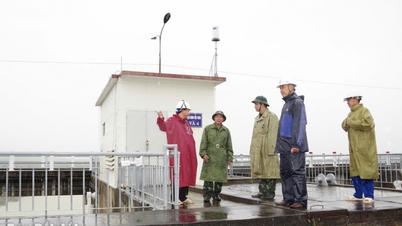





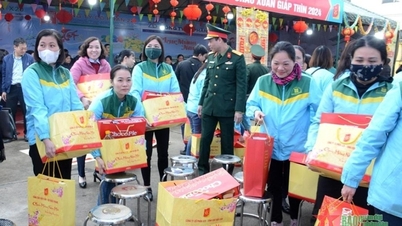

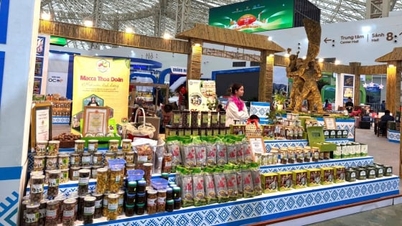










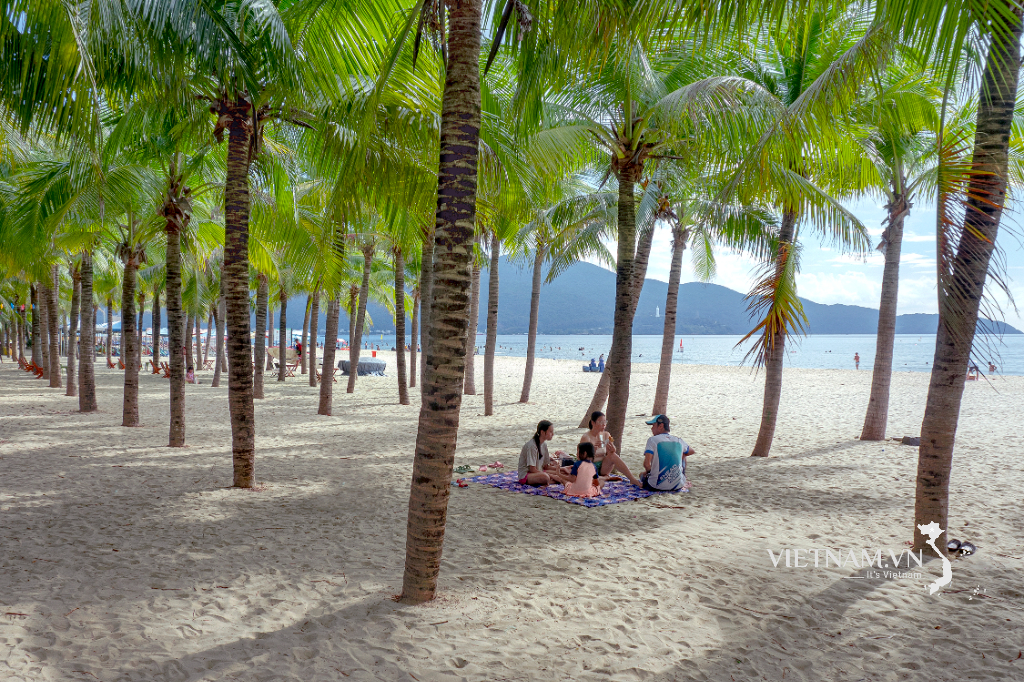
Comment (0)